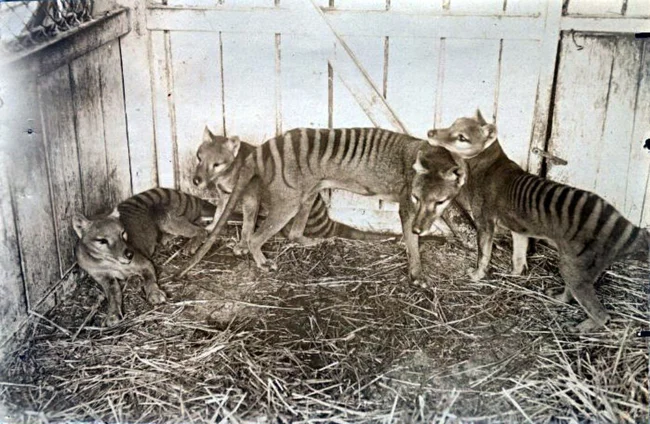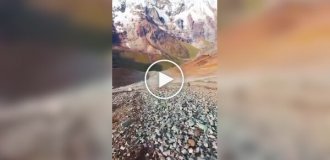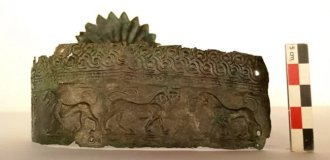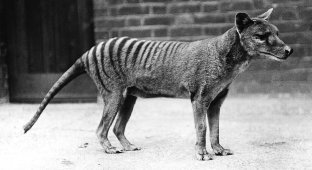Thylacine: the last photos of the extinct Tasmanian tiger (13 photos + 1 video)
The thylacine, commonly called the Tasmanian tiger for its striped lower back, or the thylacine for its resemblance to canids, was one of the largest carnivorous marsupials. 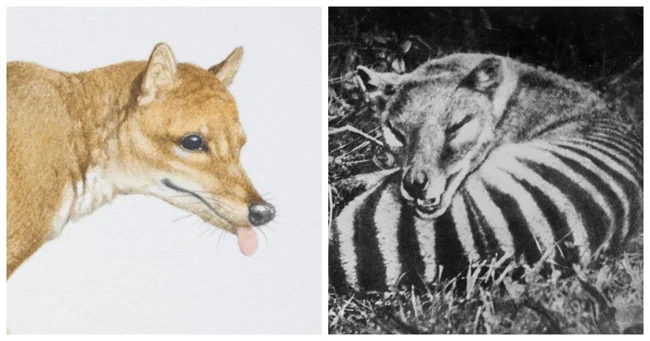
The thylacine was relatively shy and nocturnal. It resembled a medium-sized dog, except for its tail and pouch, similar to a kangaroo's, and the dark transverse stripes running from the upper back, reminiscent of a tiger's. The thylacine was a fearsome predator, although how large its prey was is debatable. 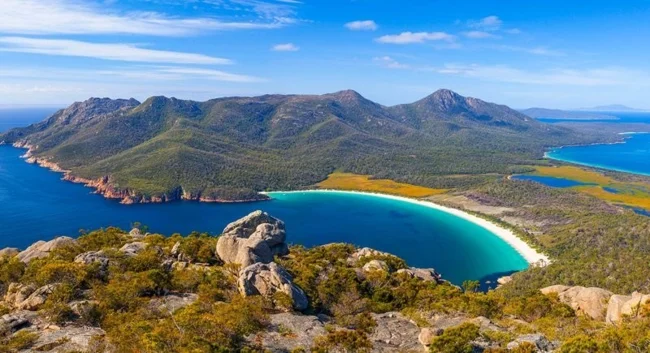
Tasmania
The animal originally lived on the Australian mainland and in New Guinea, and was later introduced to Tasmania. Competition with dingoes probably led to its extinction from the mainland. 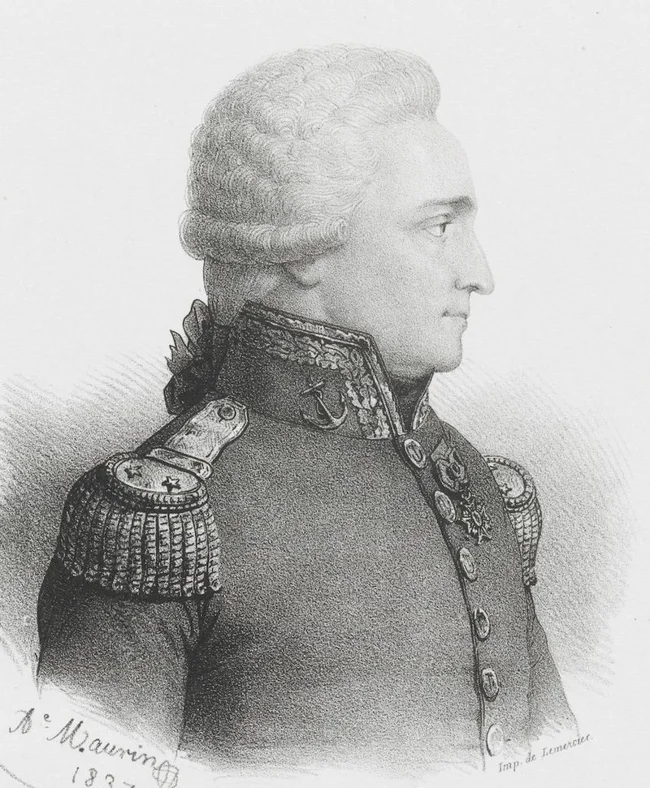
Joseph Antoine de Bruny d'Entrecasteaux
The first notes on the thylacine were made during the expedition of Bruny d'Entrecasteaux, a French naval officer, explorer, and colonial administrator, to Oceania in 1792. They described "a quadruped about the size of a large dog... white with black spots, [which] had the appearance of a wild beast." 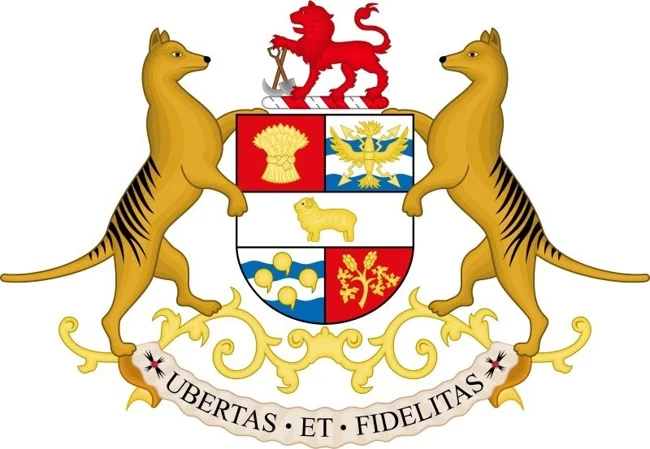
Coat of Arms of Tasmania
The first specimen was killed by Europeans in March 1805, and the complex relationship between the colonists and the predator immediately became apparent. 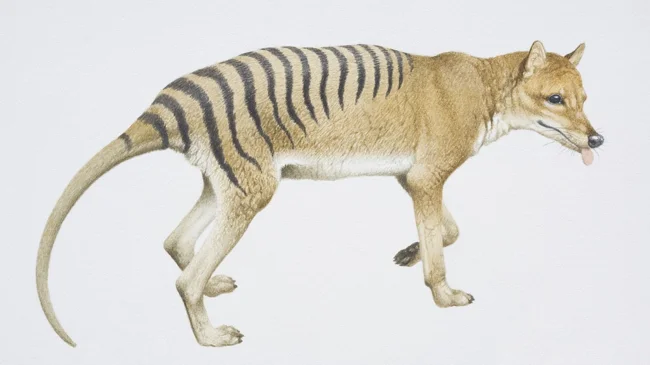
Tasmanian Tiger
Considering the Tasmanian tiger a threat to the sheep, the main resource of the colony's economy, the colonists hunted it brutally. As early as 1830, a bounty system was established, with farm owners collecting money to pay for the skins of the animals they killed. 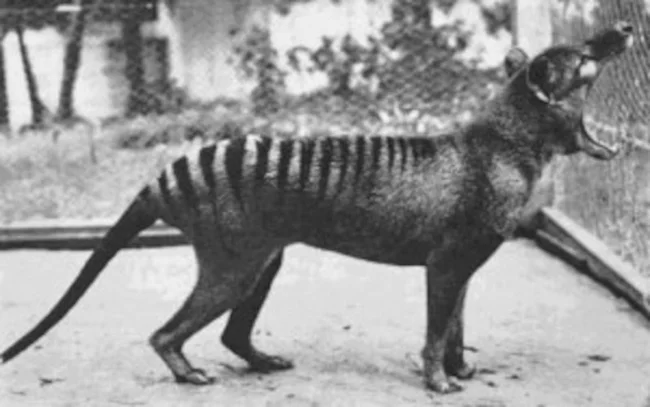
Thylacines were able to open their jaws to 80 degrees
In 1888, the Tasmanian government also introduced a bounty of £1 for an adult animal and 10 shillings for a juvenile killed. 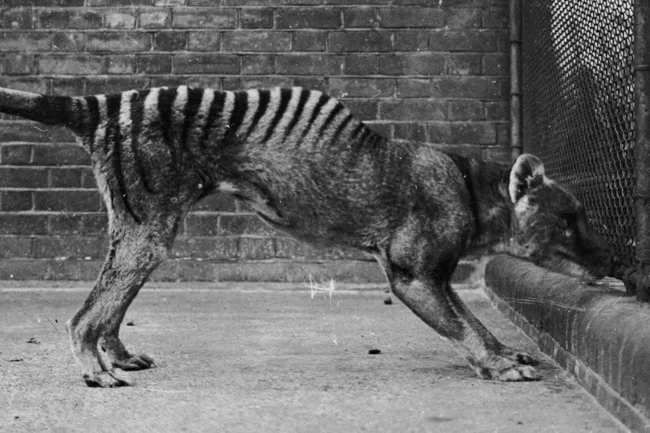
Its native range is Tasmania, New Guinea, and mainland Australia
The program lasted until 1909, with over 2,180 bounties issued. It is estimated that at least 3,500 thylacines were killed in hunting between the 1830s and 1920s. 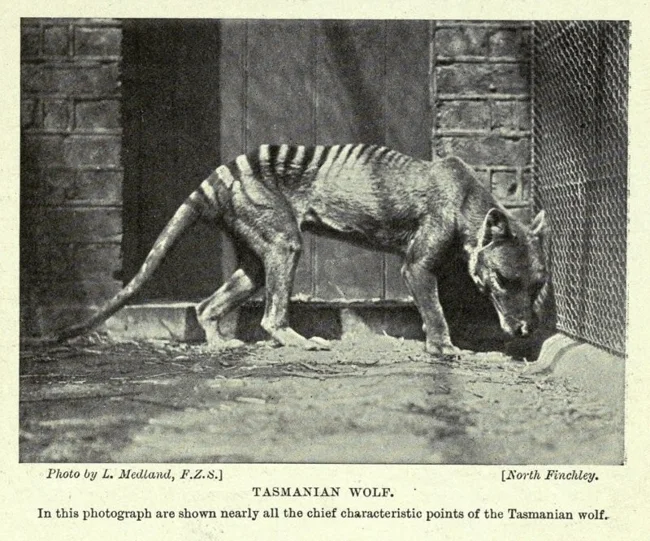
The last known living specimen was captured in 1933
By 1914 it had become very rare, and the last known living specimen died in a private zoo in Hobart in 1936. Its extinction from the wild may have occurred two years later. 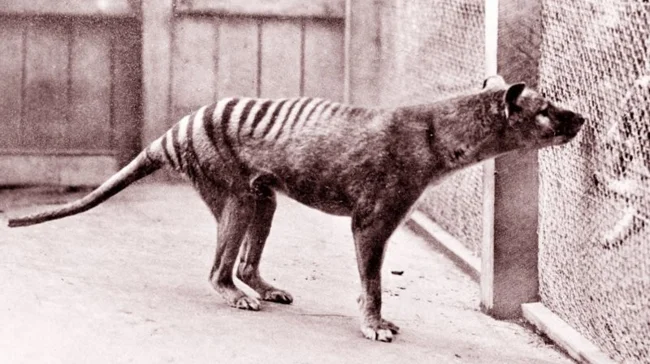
One of the last Thylacine in captivity at Hobart Zoo, 1933
It is likely that the Thylacine was originally a rare species in the early years of European settlement, and that this limited population was weakened by persecution of the "sheep killer". It is also possible that an epidemic wiped out the remaining animals. 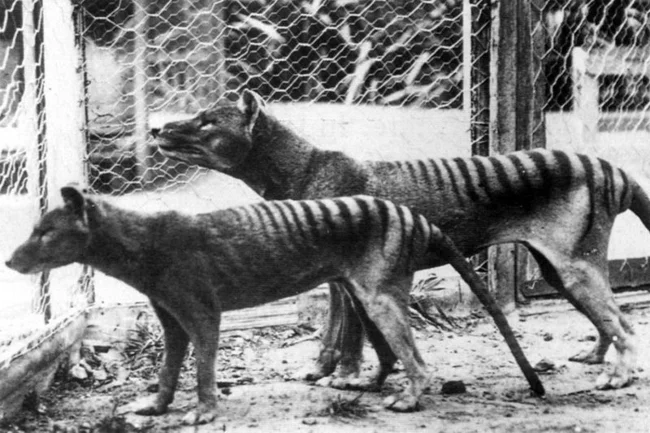
The last thylacine, named Benjamin, was captured in 1933 by Elias Churchill in the Florentine Valley and sent to the Hobart Zoo, where it lived for three years. The thylacine died on September 7, 1936. 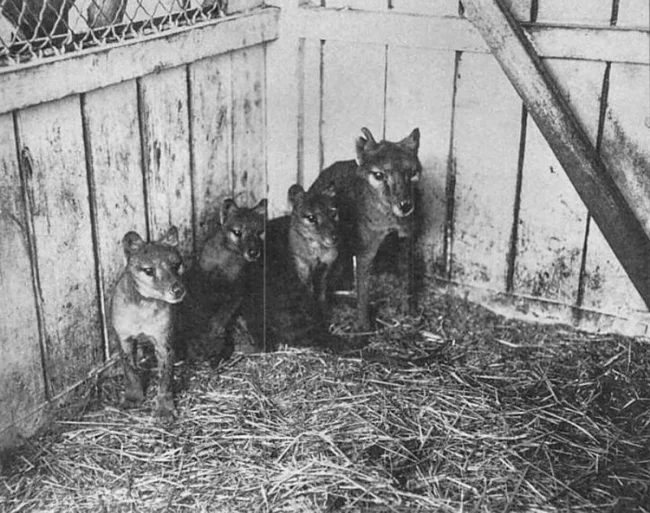
It is believed that he died as a result of neglect - locked indoors, the animal was exposed to the rare extreme weather conditions of Tasmania - intense heat during the day and freezing temperatures at night. 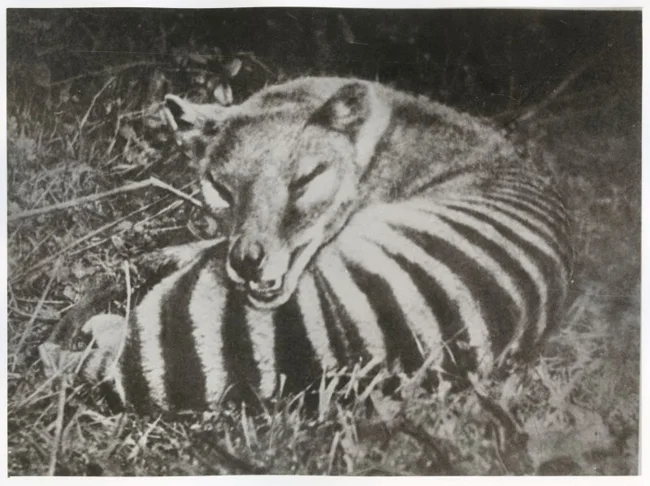
The thylacine was filmed in the last known live action movie: 62 seconds of black and white footage of the marsupial wolf in its enclosure by naturalist David Fley. 